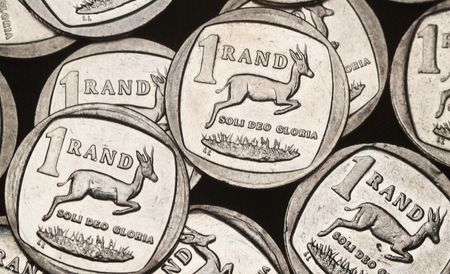By Arunima Kumar
(Reuters) -Oil prices dropped over 1% on Wednesday as rising U.S. stockpiles and concern about a new Sino-U.S. trade war fuelled fears of weaker economic growth, offseting U.S. President Donald Trump’s renewed push to eliminate Iranian crude exports.
Brent crude futures were down 92 cents, or 1.21%, at $75.28 a barrel at 1210 GMT. U.S. West Texas Intermediate crude (WTI) was down 86 cents, or 1.18%, to $71.84.
Oil on Tuesday traded in a wide range, with WTI falling at one point by 3% to its lowest since Dec. 31 after China announced tariffs on U.S. imports of oil, liquefied natural gas and coal in retaliation for U.S. levies on Chinese exports.
Prices rebounded, however, after Trump restored the “maximum pressure” campaign on Iran to curtail its nuclear programme he enacted in his first term, which cut Iranian crude exports close to zero.
Ongoing trade tensions between the U.S. and China may dampen demand for oil, putting downward pressure on prices.
“Trump tariff chaos and trade war is no good for global growth and oil demand growth. Business investments and consumer spending will likely fall in the face of these highly erratic and growth-negative actions,” said Bjarne Schieldrop, chief commodities analyst at SEB.
“The oil market is now caught between increasing fears that an escalating trade war will damage global oil demand growth on the one hand and possible sudden disruption of Iranian oil export,” he added.
Iran’s oil minister said imposing unilateral sanctions on crude producers would destabilise energy markets, the ministry’s SHANA news outlet reported.
Tehran’s oil exports brought in $53 billion in 2023 and $54 billion a year earlier, according to U.S. Energy Information Administration estimates. Output during 2024 was running at its highest level since 2018, based on OPEC data.
Trump drove Iran’s oil exports to near zero during part of his first term after re-imposing sanctions.
“Should these sanctions be re-imposed, the resulting supply squeeze could sustain the upward momentum in oil prices, particularly amid slower than expected supply adjustments from OPEC+ producers,” said Ahmad Assiri, research strategist at Pepperstone.
Also putting pressure on crude prices on Wednesday was higher U.S. crude inventories data overnight.
Rising crude and fuel stockpiles in the world’s biggest oil consumer signal consumption weakness, adding to worries about the impact of tariffs on the global economic and energy demand outlooks.
Crude stocks rose by 5.03 million barrels in the week ended Jan. 31, according to market sources, citing American Petroleum Institute figures.
Gasoline inventories rose by 5.43 million barrels, and distillate stocks fell by 6.98 million barrels, the API reported, according to the sources.
Official U.S. government oil inventory data is due to be released at 1530 GMT on Wednesday.
(Reporting by Arunima Kumar in Bengaluru, Siyi Liu in Singapore and Laila Kearney in New York. Editing by Christina Fincher and Mark Potter)










